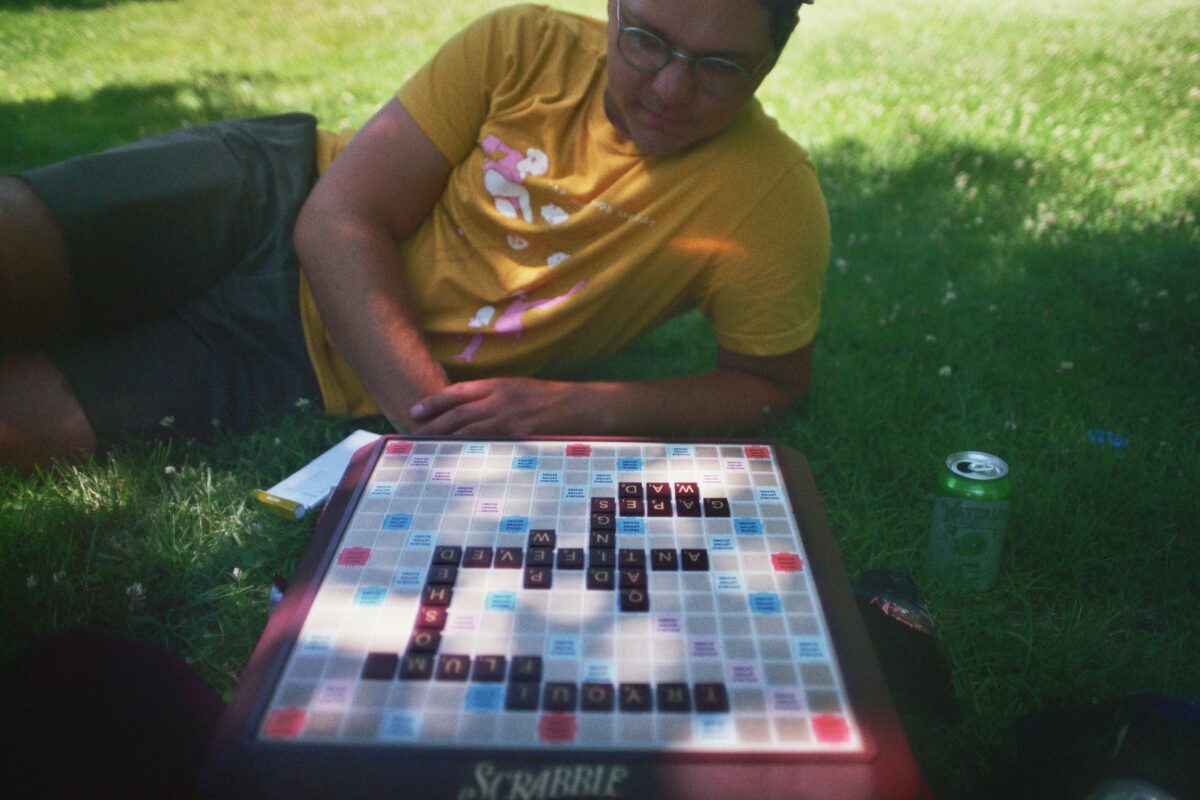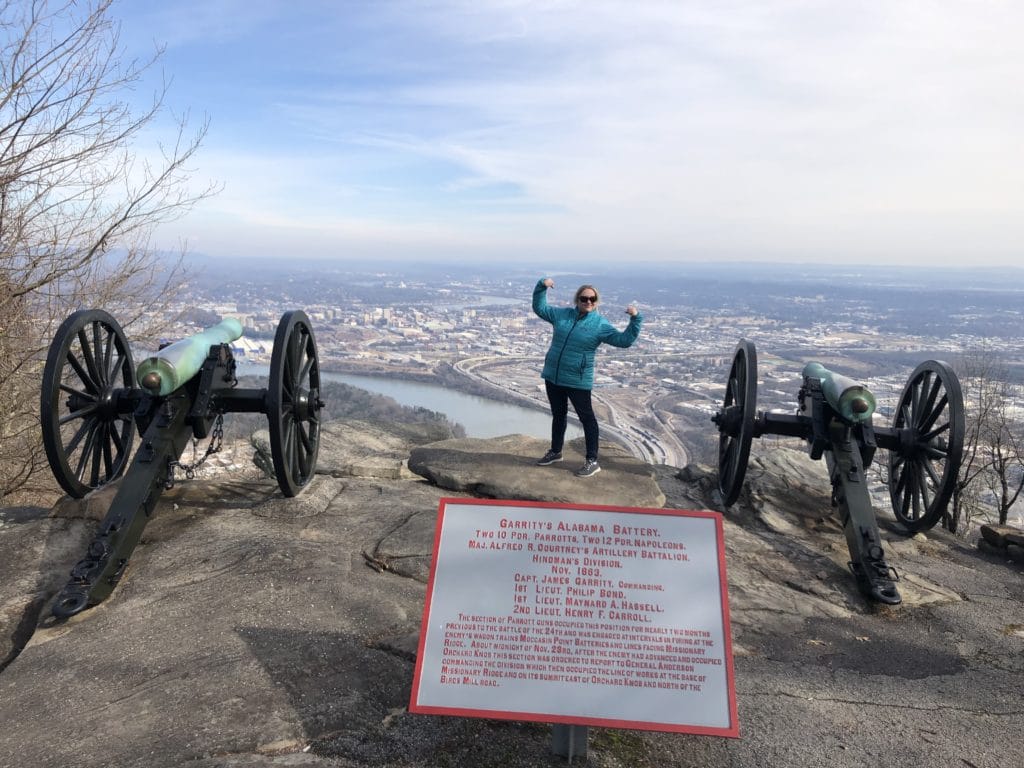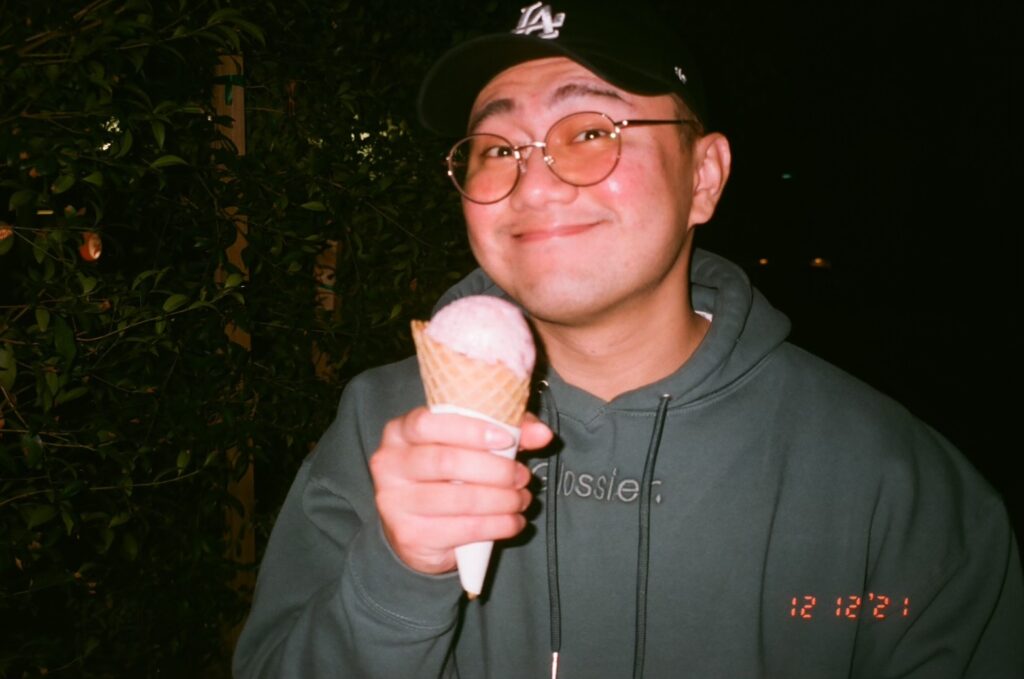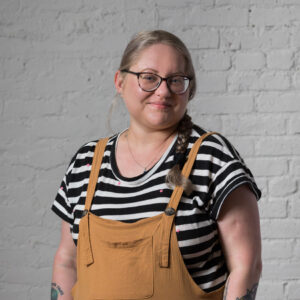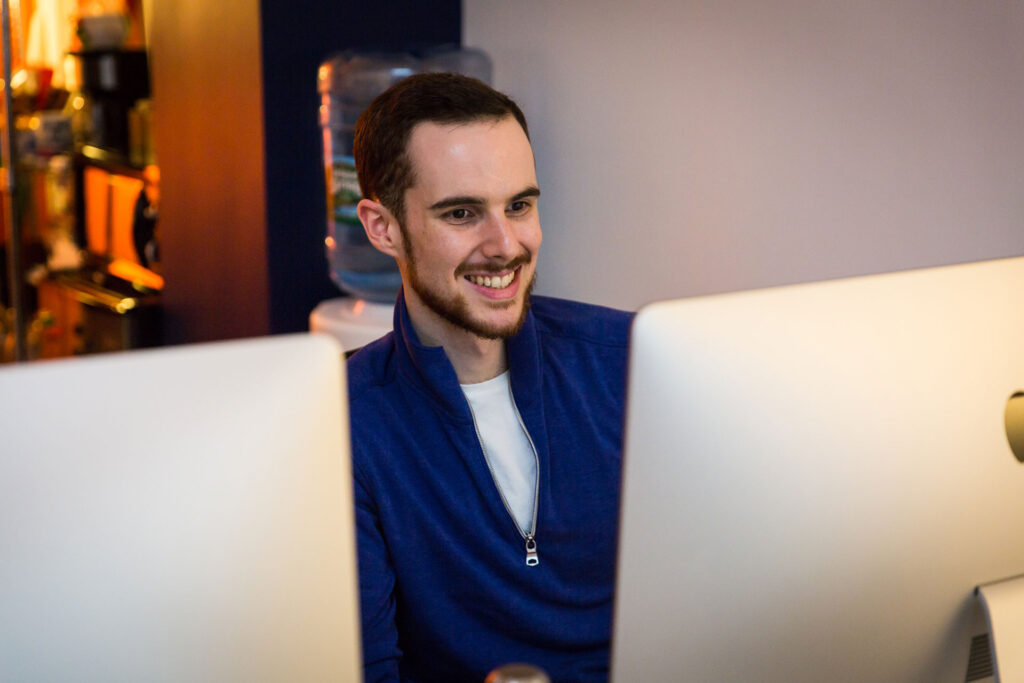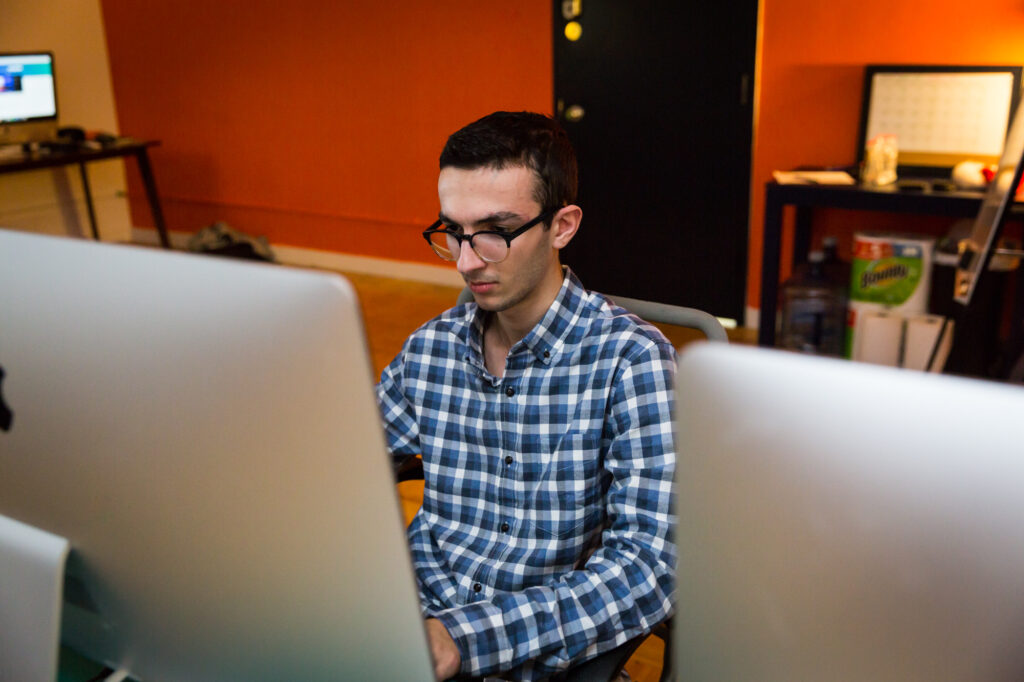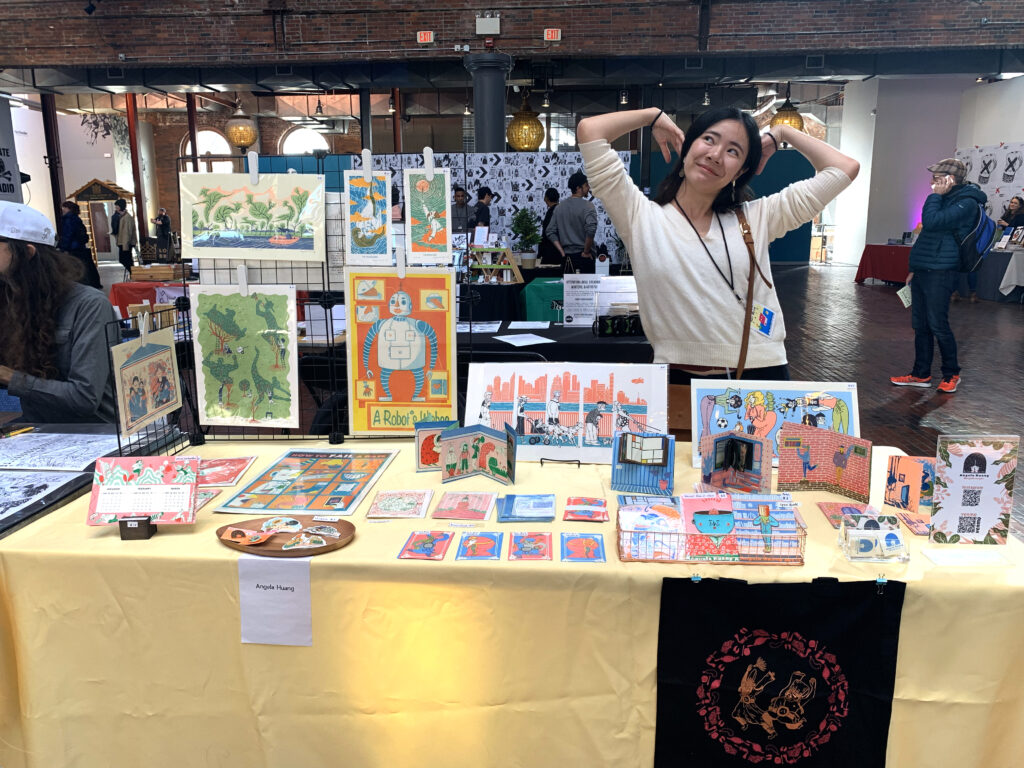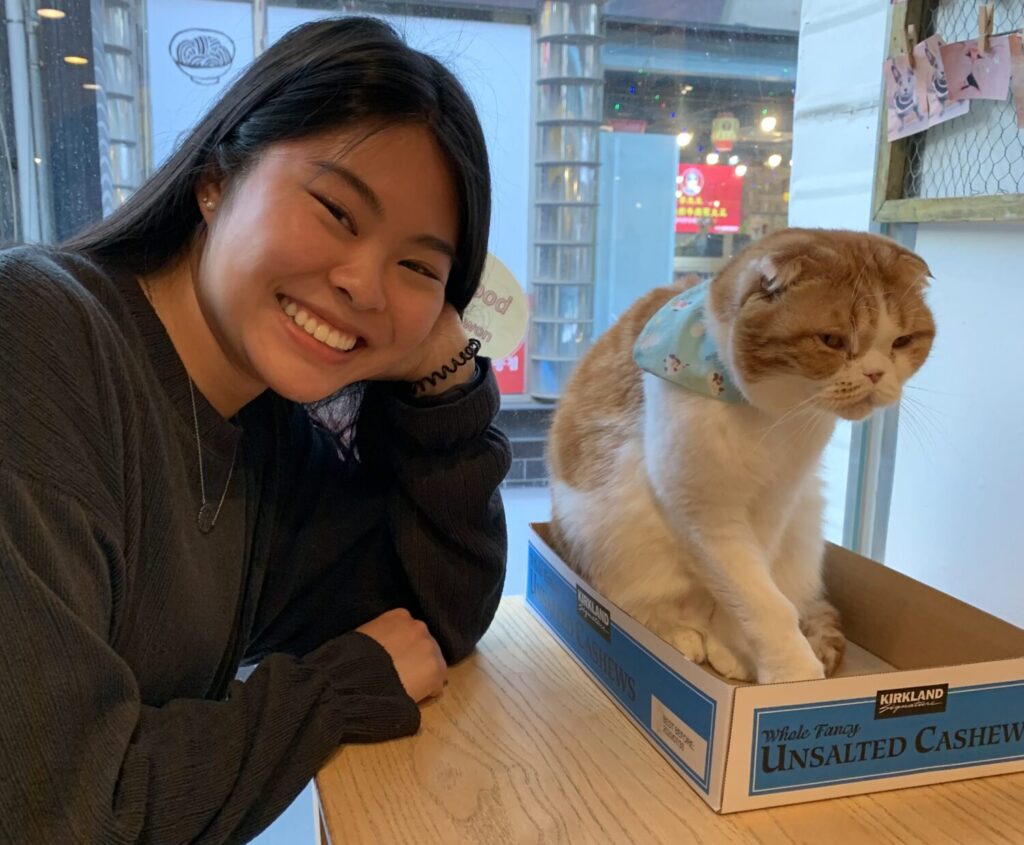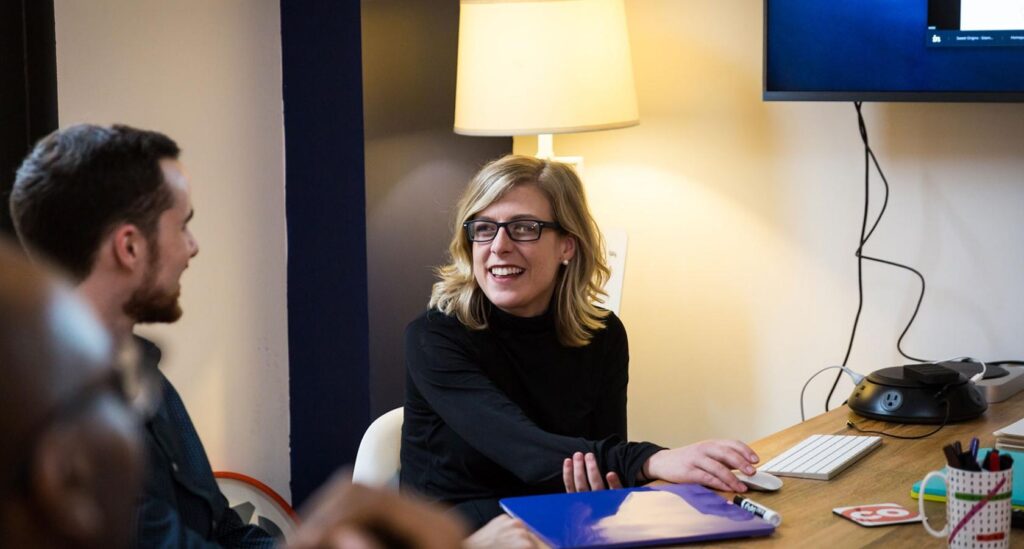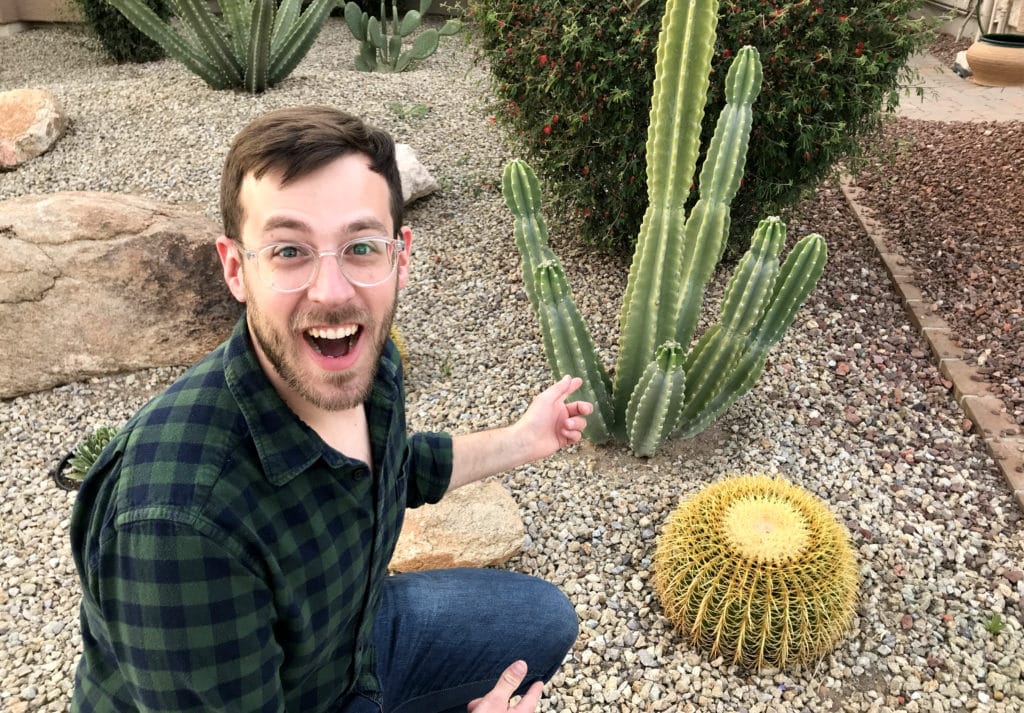Say hello to Nate Goodburn, our newest member to the developer team. Nate came highly recommended to us and he’s been a fantastic addition to Simpatico. Not only can he code, but he can also design! Let’s dive deeper into what makes Nate so awesome.
My dad taught me the saying, “There are two types of people in the world: my friends and people I haven’t met yet.” I love that, and I feel the same way about gathering new knowledge. All information is either something I already know, or just something I haven’t learned yet. Thinking about things that way helps me welcome new ideas, as well as people, into my life.
Who is Nate Goodburn?
I’ve been living in Missoula, Montana since my family moved here from Wisconsin in 1999. In high school, I taught myself how to use design software and slowly developed an eye for what works visually and what doesn’t. At the University of Montana I got my degree in Physics, minoring in Climate Change Studies, which were both really engaging subjects, but I didn’t feel the call to make a career in science after graduating. My design experience by that point got me in the door with Six Pony Hitch, a design agency in Missoula who’s worked with Studio Simpatico for years. I worked there for 3 years and learned a lot about brand strategy and graphic design’s role in communicating ideas. The connection between Six Pony Hitch and Studio Simpatico is what eventually led me to come and join this wonderful team—after the pandemic paused my career for a couple years (a very fun and welcome pause).
Simpatico was hiring a developer, and though I came in with pretty limited front-end web development experience, a lot of my skills from school and my design work transfer well to the type of problem solving we do here every day.
Outside of work, I love being in rafts and canoes on the sweet waters of Montana (and any other water that’ll have me). Sitting in a park, or on the riverbank with a beer and a friend or three is another of my life’s greatest pleasures. If I’m hanging out at home I’m often watching the Cubs, playing guitar, mixing cocktails for my friends, or making my one-year-old niece laugh with me.
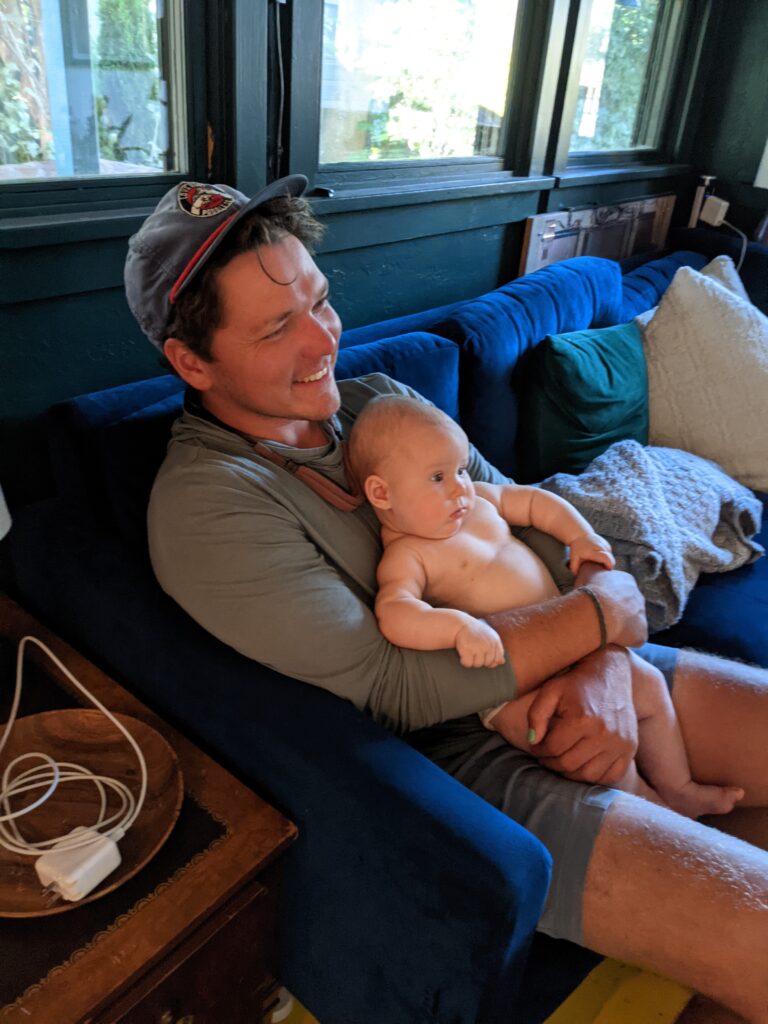
What does your typical work day at Simpatico look like?
I’m based in Mountain Time, so my work day starts a bit behind all the Eastern folks at Simpatico. I like to have the morning to do a casual hour or two of lighter-brain-power work with coffee and breakfast. Then in the afternoon, I dive more deeply into whatever projects I’m working on. I’m a Developer here, but I also do a lot of design work for us, so any day might be spent more on one or the other.
I like the blend of the two disciplines together, and I think each perspective helps me engage with the other more effectively.
You like to both design and code—what are the pros and cons of doing both at the same time? Is there one you like better?
I love doing both and thinking about how they interact. I think being a joint designer-developer in this era is kind of analogous to being a designer-printmaker in times before digital design was so prevalent. Many of my design heroes (Milton Glaser, Saul Bass, Paula Scher, etc.) were deeply interested and skilled in printmaking and understanding those tools clearly made them better designers. In the other direction, front-end development is fundamentally a visual practice and the more you can recognize good design, the better you can build it through code.
To me, the most exciting difference between digital and print design is the interactivity and motion you can play with in a digital space. It’s one of the most visually creative parts of the development process, because many interaction and animation design decisions can’t really be made until you see them in context when building.
Speaking of creativity, one thing I really love about development is how much thought can go into figuring out not just how to do something, but the best way to do it. In design software, there are often only a few ways to complete a given task. But when you’re building the software, website, or app, the technical possibilities really are virtually limitless. There are so many ways to do things, some better in one way, others better in another. Finding the most perfect solution is just so fun and satisfying.
What skills would you like to learn or improve this year?
CSS has a lot of power I’ve yet to tap into. In particular, I’d like to get better at setting up my CSS to get out of the way and let the browser do the hard work of building responsive layouts. When CSS is written well from the start, you can save yourself a lot of work later on. I’m really new to development, so I’m constantly finding things I’ve coded that even work correctly and solve the problem they set out to, but could have been more elegant solutions. In development, as in design—and physics, too—elegant solutions are what it’s all about.
You used to work with a close collaborator of ours, which meant you already knew Tamara and some of the team. What was it like coming to this side of a project’s process? Did already knowing some of us help you get comfortable in the new position?
Already having a connection with Tamara definitely helped. For one thing, it just put me on the radar, so I was considered for joining Simpatico when I wouldn’t have even known about the opportunity otherwise. Beyond that initial connection though, I don’t think my experience is too different than it would have been. I give all the credit to Tamara for the effort and thoughtfulness she put into our first conversations together. It was such a thorough-yet-welcoming hiring process. And with each new coworker I met, every person made such an effort to make me feel even more comfortable. I’m so stoked to be here, mostly because of the Simpatico team, in all its kindness and competence.
You’re the second developer we’ve trained while on the job—what was that process like?
Right before getting hired here, I was busy teaching myself the basics of web development with online tutorials and research. Going from learning on my own to learning here, one of the most helpful things for me was having real projects to work on while I was learning, because it developed skills that can’t really be practiced otherwise. So much of what we do every day is trying to understand general solutions to general problems, so that we can then translate those into specific solutions to specific problems. Being able to deal with and learn from those little unexpected things that pop up in real-world situations is what really makes a developer effective.
By far though, the most helpful thing I had when training here was a whole team of devs who could all answer my questions and were just so darn excited and enthusiastic about it. Thank you,  !
!
